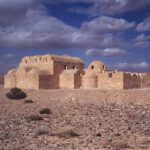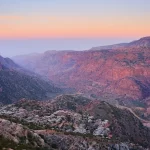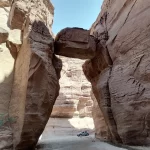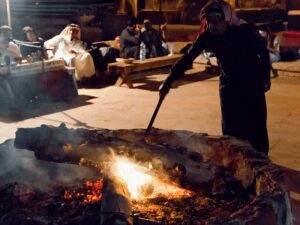Ain Ghazal: Exploring the Mysteries of an Ancient Civilization
Ain Ghazal is not just an archaeological site; it’s a glimpse into the past, showing us the lives of ancient people who lived thousands of years ago. Let’s take a closer look at what makes Ain Ghazal so special and discover its hidden stories.
What is Ain Ghazal Known For?
Ain Ghazal is famous for its important role in history. It’s located near Amman, the capital of Jordan, and has fascinated archaeologists and history lovers.
Where is the Ain Ghazal Civilization?
Ain Ghazal was located in what is now modern-day Jordan, in the Middle East. The name “Ain Ghazal” means “Ghazal Spring,” referring to a natural spring nearby that helped support the community.
How Old Are the Statues in Ain Ghazal?
The statues found at Ain Ghazal are around 7,000 to 8,000 years old. These are some of the earliest examples of human art, made during the Neolithic period. They give us important clues about the lives and culture of ancient people.
What Does the Name Ain Ghazal Mean?
The name “Ain Ghazal” means “Ghazal Spring” in Arabic. The spring was important to the people who lived there.
What are the Symbols at Ain Ghazal?
The artifacts at Ain Ghazal show symbols like patterns and pictures of humans and animals. These symbols are still being studied by archaeologists to understand their meanings.
When Was Ain Ghazal Found?
Ain Ghazal was discovered in the 1980s during construction near Amman. It was a lucky find that revealed many ancient items and buildings.
Was Ain Ghazal a Farming Community?
Ain Ghazal was built by farmers. Archaeologists have found evidence of crops like wheat and barley, as well as animals like goats and cattle, showing that farming was a big part of life there.
Where Were the Figures from Ain Ghazal Found?
The famous figures and statues were found inside ancient houses at Ain Ghazal. They were often placed in pits or buried, suggesting they may have been part of religious or cultural practices.
What Material Do the Jericho Skulls and Ain Ghazal Figures Share?
Both the Jericho skulls and the Ain Ghazal figures were made using plaster. This shows how skilled the people were in creating art long ago.
In summary, Ain Ghazal tells us about a rich and creative ancient civilization. The statues, symbols, and stories continue to draw people who want to understand our shared human history.








